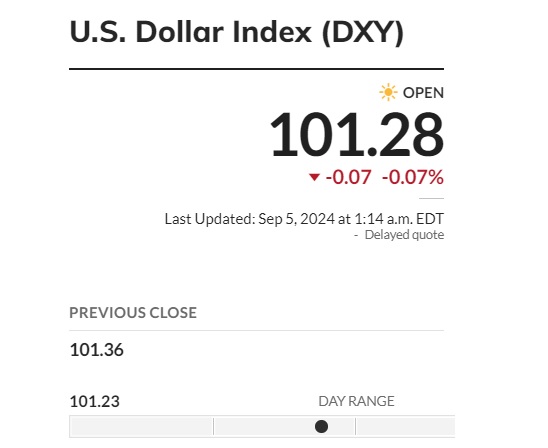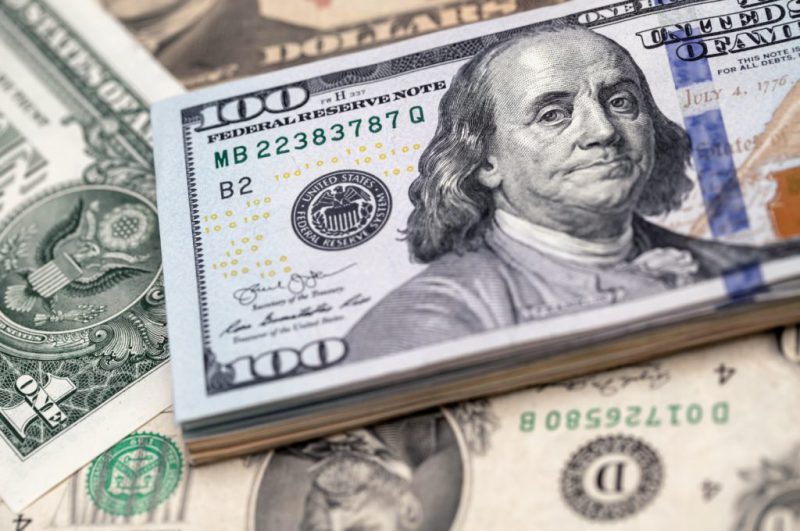Local Asian currencies have strengthened against the dollar after slowing US jobs data. The Chinese yuan surged 0.2% in the day’s trade after the People’s Bank of China pushed a stronger-than-expected midpoint for trading the currency. In addition, the Malaysian ringgit and the Indonesian rupiah spiked 0.5% against the USD on Thursday.
Also Read: BRICS: Russia Which Called US Dollar Toxic, Imports $30 Million in USD
The Japanese yen, at its 1990s low, finally surged by 1% against the US dollar in the forex markets. The signs of a cooling US labour market bolstered local Asian currencies, making them top in the charts. “Weaker US data and expectation of more and quicker cuts by the Fed, coupled with more hawkish comments from the Bank of Japan, are driving the yen today,” said Nathan Thooft, a Senior Portfolio Manager at Manulife Investment Management to Bloomberg.
Also Read: Trouble in the Commodity Market: WTI Oil Falls Below $70
Even the Indian rupee briefly bounced back from 84.01 to 83.97 in the day’s trade. The Asian stock markets also ended in the green due to the change in dynamics of the US financial sector. The development is putting strain on the US dollar as local currencies seek to outperform it this month.
US Dollar Remains Under Pressure


The US dollar could continue to be under pressure this month as traders speculate about a Fed interest rate cut. The upcoming Fed meeting will decide the future of the USD as investors expect a rate cut.
Also Read: 3 Greatest ‘Money Advise’ From Warren Buffett


The uncertainty of the Fed’s upcoming decision could lead to more volatility in the currency markets. The development dampens the prospects of the US dollar as local currencies receive an influx of investments until the decision.
The DXY index, which measures the performance of the US dollar, shows that currency trading is at 101.28. It is down 0.07% after falling from a high of 106.20 since June this year.





